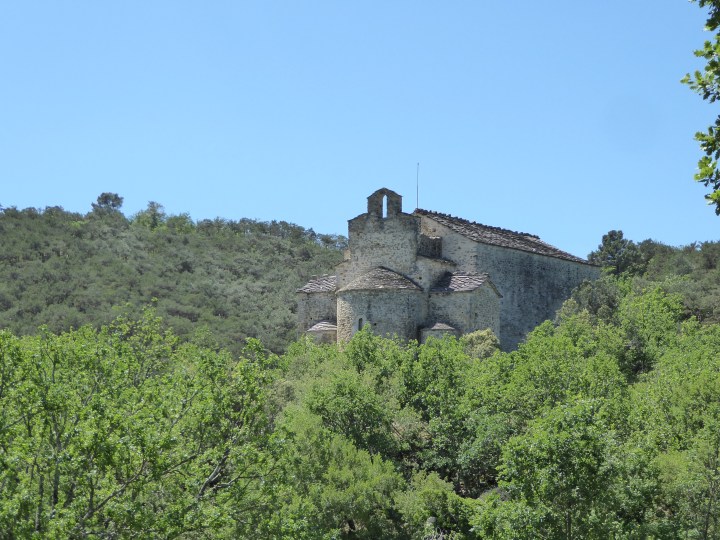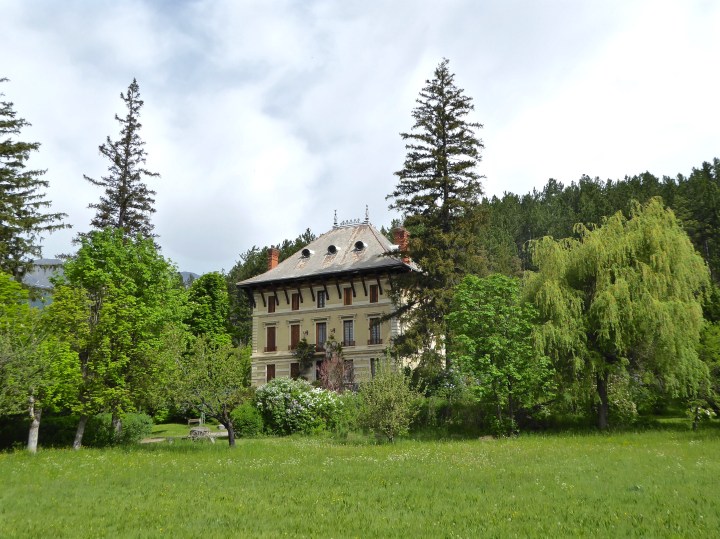A cabinet of curiosity for the people

Beaufort-en-Vallée, September 2016 — Beaufort’s Joseph Denais museum, in western France’s Anjou, is a survivor. Built in 1905, it has the proud resplendence of a turn-of-the century post-industrial-revolution institution whose ambition was to enlighten the local community. These days, with its collection of stuffed animals, Egyptian sarcophagi, Japanese porcelain and impressionist paintings, it has the charming incongruity of a life-size cabinet of curiosity that has miraculously made it into the 21st century. Continue reading “A cabinet of curiosity for the people”








